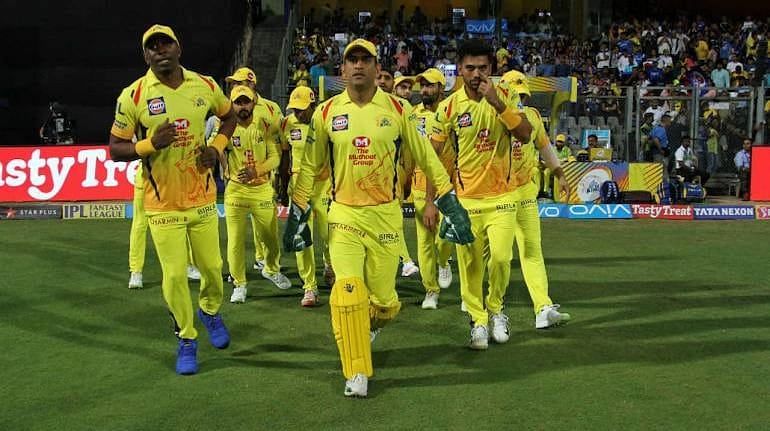
IPL: A statistical analysis of how beneficial it is to have the best bowling side in the league
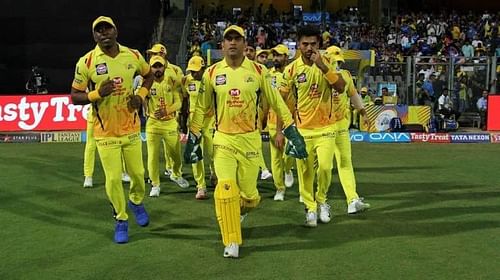
When the Indian Premier League (IPL) started and Brendon McCullum scored a blitzkrieg 158* off just 78 balls, it was a clear indication that bowlers were going to have a tough time surviving in the tournament. The fact that 3 of the first 4 innings saw 200-plus totals further indicated the batting dominance at the beginning.
However, over the years as the tournament progressed, teams began to use their bowlers more efficiently. Franchises started understanding that T20 is not just about batsmen. They began to value the importance of having a quality bowling side and started investing big in bowlers instead of going all-out for big names in batting.
Teams like SRH have shown how a well-balanced bowling unit can lift you to success. But does being the best bowling side in the tournament guarantee success? Let us see how the numbers stack up:
Parameters used for ranking IPL bowling units:
Relative Economy, Relative Strike Rate, Relative Bowling Average, Relative Wickets per Innings
Relative Economy : Economy of the team as compared to all other teams in the season
Relative Strike Rate : Strike Rate of the team as compared to all other teams in the season
Relative Bowling Average : Bowling Average of the team as compared to all other teams in the season
Relative Wickets per Innings : Wickets taken by a team per innings as compared to all other teams in the season
Season-wise best teams as per each parameter and their tournament rankings:
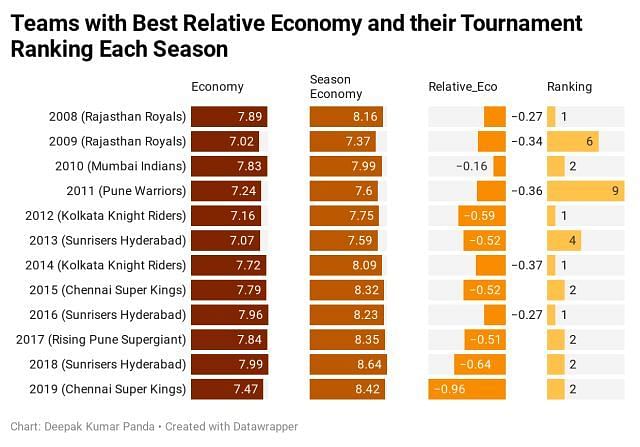
In the 12 seasons so far, the team with the best economy has won the tournament 4 times and has ended as the runner-up 5 times. Rajasthan Royals in 2009 and Pune Warriors India in 2011 are the only teams who did not qualify for the play-offs despite having the best economy in the season.

The team with the best bowling average has gone on to win the title twice and finished as runners-up 4 times. Except for Rajasthan Royals in 2009 and Mumbai Indians in 2018, the team with the best bowling average has always reached the play-offs.
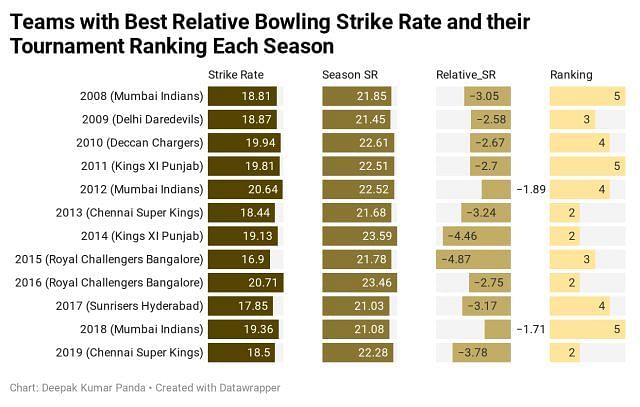
The team with the best bowling strike rate has reached the finals 4 times, but has failed to win the tournament till date. Only thrice has the team with best strike rate not reached the playoffs - Mumbai Indians in 2008 and 2018 and Kings XI Punjab in 2011.
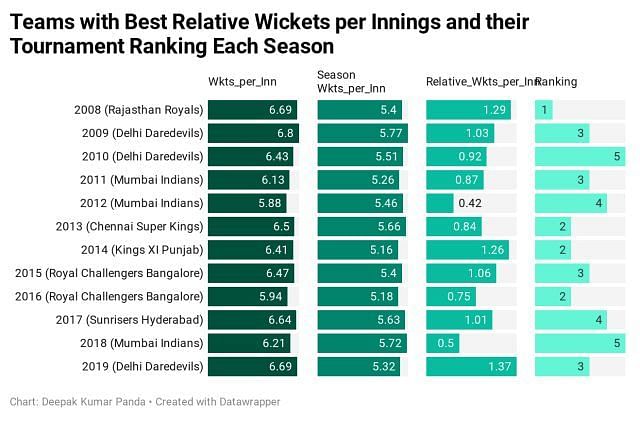
Only twice has a team with the most wickets per innings not qualified for play-offs - Delhi Daredevils (now known as Delhi Capitals) in 2010 and Mumbai Indians in 2018. However, except for Rajasthan Royals in 2008, no other side with the highest wickets per innings has gone on to lift the trophy.
What do the numbers show?
From the analysis it is quite evident how having one of the top bowling units in the IPL is a key to book a place in the play-offs. However, being the best in one of the above mentioned parameters and being poor in the other parameters will certainly not help.
An IPL team with decent numbers in all the parameters is sure to yield good results. For instance, a team having the best strike rate but below par economy rate indicates they have not been able to control the flow of runs despite picking up wickets at regular intervals, which is not a great sign for any team.
The parameters included cover almost all the aspects needed to judge a bowling unit. Of course, there should be the right balance between the batting and bowling departments, but the conclusions from the standalone analysis of the bowling department is an indication of the importance of having one of the best bowling sides in the IPL.